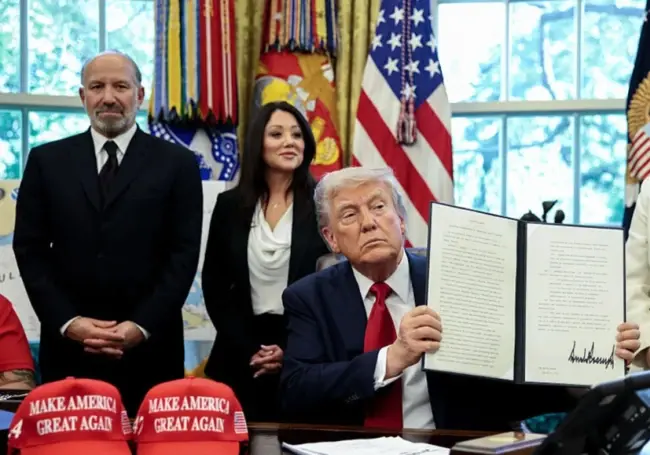
As U.S. President Donald Trump promises to restore America’s position as the global leader in artificial intelligence, his new "AI Action Plan" is already stirring a debate not only over what it aims to achieve, but who stands to benefit.
Announced in Washington on Wednesday, Trump’s AI Action Plan calls for sweeping deregulation to accelerate AI infrastructure, expand the global footprint of U.S. technologies, and impose new ideological constraints on AI models. Backed by influential venture capitalists and Silicon Valley allies from his 2024 campaign, the plan signals a major shift in how the U.S. intends to lead and control the future of AI.
While the plan is being celebrated in parts of the tech investment community, critics say it reads less like a national innovation strategy and more like a tech industry wish list, one that could leave everyday Americans footing the bill.
According to Associated Press, more than 100 organisations, including labour unions, parent associations, environmental justice groups, and digital rights advocates, have signed a joint resolution condemning President Trump’s industry-led AI strategy. The coalition is calling instead for a “People’s AI Action Plan” that prioritises the public interest over corporate profits and ensures AI development serves the needs of everyday Americans.

Trump’s Approach to AI
So what is the current direction from the White House? While the previous administration adopted a more cautious and regulatory-focused stance, President Trump’s approach is completely different.
The AI Action Plan outlines an assertive strategy aimed at securing U.S. leadership in artificial intelligence, with officials drawing comparisons to the Cold War-era space race. At the core of this policy is the belief that dominance in AI infrastructure will define the future balance of global power when it comes to the economic, military, and political landscape.
Formalised through Executive Order 14179, titled “Removing Barriers to American Leadership in Artificial Intelligence,” the plan sets out a sweeping agenda that centres on three pillars: innovation, infrastructure, and international diplomacy and security.
In the AI Action Plan, President Trump wrote:
“A new frontier of scientific discovery lies before us, defined by transformative technologies such as artificial intelligence… Breakthroughs in these fields have the potential to reshape the global balance of power, spark entirely new industries, and revolutionise the way we live and work. As our global competitors race to exploit these technologies, it is a national security imperative for the United States to achieve and maintain unquestioned and unchallenged global technological dominance. To secure our future, we must harness the full power of American innovation.”
Fast Track for U.S. AI
The three executive orders signed into law incorporate elements of the AI Action Plan, including the loosening of environmental rules, establishing rules for chip exports and seeking to limit political bias in AI technology.
These are the three executive orders designed to help improve America’s AI expansion:
- Fast track data centre construction by easing environmental reviews under the Clean Air Act and National Environmental Policy Act.
- Allow private energy infrastructure, giving AI firms the right to build their own power plants to meet demand.
- Tie federal contracts to ideological criteria, banning “woke AI” models and requiring alignment with undefined American values.
The plan calls for speeding up progress by scrapping complex regulations and promoting U.S. technology as the global standard. Critics argue that the plan signals to tech firms that they should avoid content moderation or user interface choices that might be perceived as progressive. While the administration insists it wants systems to deliver reliable, unbiased results, many ask: who decides what counts as neutral?
This language echoes long-standing complaints from conservative voices who believe AI platforms such as ChatGPT and Google’s Gemini exhibit political bias. This positioning is raising red flags across the enterprise tech sector, where objectivity, transparency, and accountability are becoming the main procurement standards.
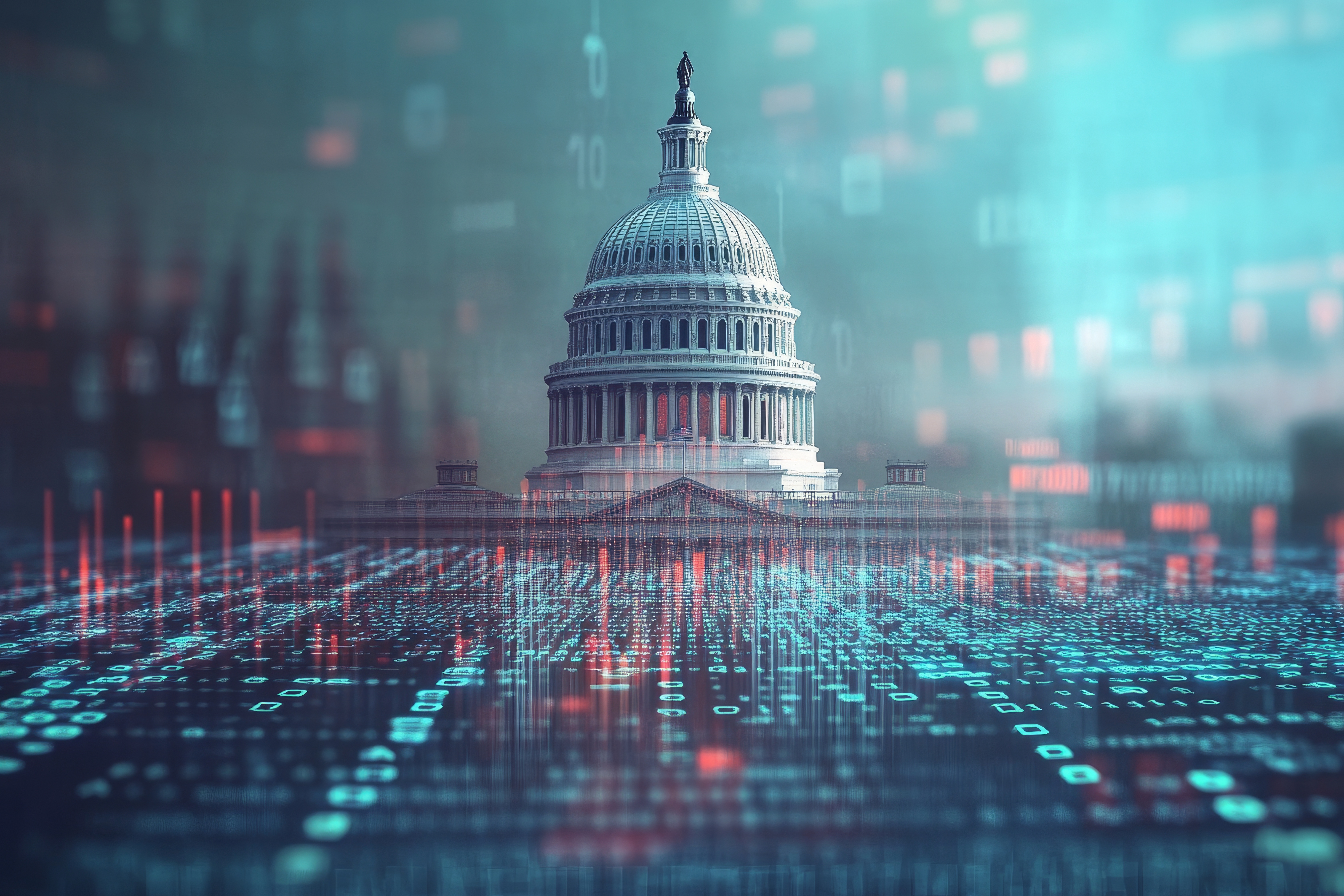
America’s AI Action Plan
The AI Action Plan aims to protect American-developed technologies from being misused or exploited by foreign competitors. This includes stricter rules on exporting semiconductors, sharing AI models, and securing supply chains driven by growing concerns over China’s rapid progress in AI.
One example is the Chinese company DeepSeek, with low-cost, open-source large language models. The Asian tech giant has added pressure for tighter controls on how data and technology are accessed and used globally.

The Trump administration also emphasises that this technological shift must benefit American workers. Officials insist the infrastructure boom will create high-paying jobs, and that AI is meant to complement not replace human labour. Still, labour groups and policy analysts remain divided over how that promise will be enforced.
Central to Trump’s approach is a pledge to “do whatever it takes” to lead in AI. This includes cutting environmental protections to speed up the construction of data centres, lifting permitting restrictions, and giving private companies the right to build their energy infrastructure.
At the unveiling, Trump appeared alongside his new technology adviser David Sacks, a former PayPal executive and co-host of the All-In podcast. He said the plan would spark a wave of American innovation and claimed the U.S. would match China in expanding its electric capacity.
Industry giants, including OpenAI, Microsoft, Meta, and Amazon, are already working on massive AI infrastructure projects. OpenAI’s new Stargate supercomputer campus in Texas is just one example of the scale and energy demand that next-gen AI will require. But environmental groups warn that fast-tracking this build-out without climate safeguards could lead to unchecked emissions and soaring local power costs.
But for the Trump administration, winning the AI race isn’t just about developing smarter models; it’s about controlling the full ecosystem. Critics argue that the plan heavily reflects the interests of Silicon Valley and major tech firms. This comes into question over David Sacks, a venture capitalist and Trump’s AI advisor, who has been noted for his close ties to the tech industry.
Raul Brens Jr., director of the GeoTech Centre shared his view on the matter and said:
“The AI Action Plan makes one thing clear: the United States isn’t just trying to win the AI race—it’s trying to engineer the track unilaterally. With sweeping ambitions to export US-made chips, models, and standards, the plan signals a cutting-edge strategy to rally allies and counter China. But it also takes a big gamble. Rather than co-design AI governance with democratic allies and partners, it pushes a “buy American, trust American” model. This will likely ring hollow for countries across Europe and the Indo-Pacific that have invested heavily in building their own AI rules around transparency, climate action, and digital equity,”
The U.S. Deregulation Dilemma
While the push may boost U.S. competitiveness, critics argue the trade-offs are severe. The executive orders ease restrictions under longstanding environmental laws, including the Clean Air Act and the National Environmental Policy Act. The goal is to reduce red tape around permitting, but environmental and civil society groups warn this could lead to unchecked energy consumption and weakened public oversight.
J.B. Branch from Big Tech Accountability Advocate at Public Citizen shared his sentiments on the matter and wrote:
“The Trump administration’s AI plan is a billion-dollar handout to Big Tech that puts profits over people. AI is already harming workers and communities, yet instead of strengthening oversight, the administration is tearing it down. The public has made it clear: we need guardrails and accountability—not a Silicon Valley free-for-all.”
The energy demands of AI are already straining power grids in regions hosting data centres. With the new orders, energy use is expected to surge further, prompting fears of rising utility bills and increased fossil fuel reliance, especially as some companies look to build private power infrastructure to support their AI operations. As AI adoption continues on its current trajectory, this consumption could surpass 1,000 TWh by 2026.
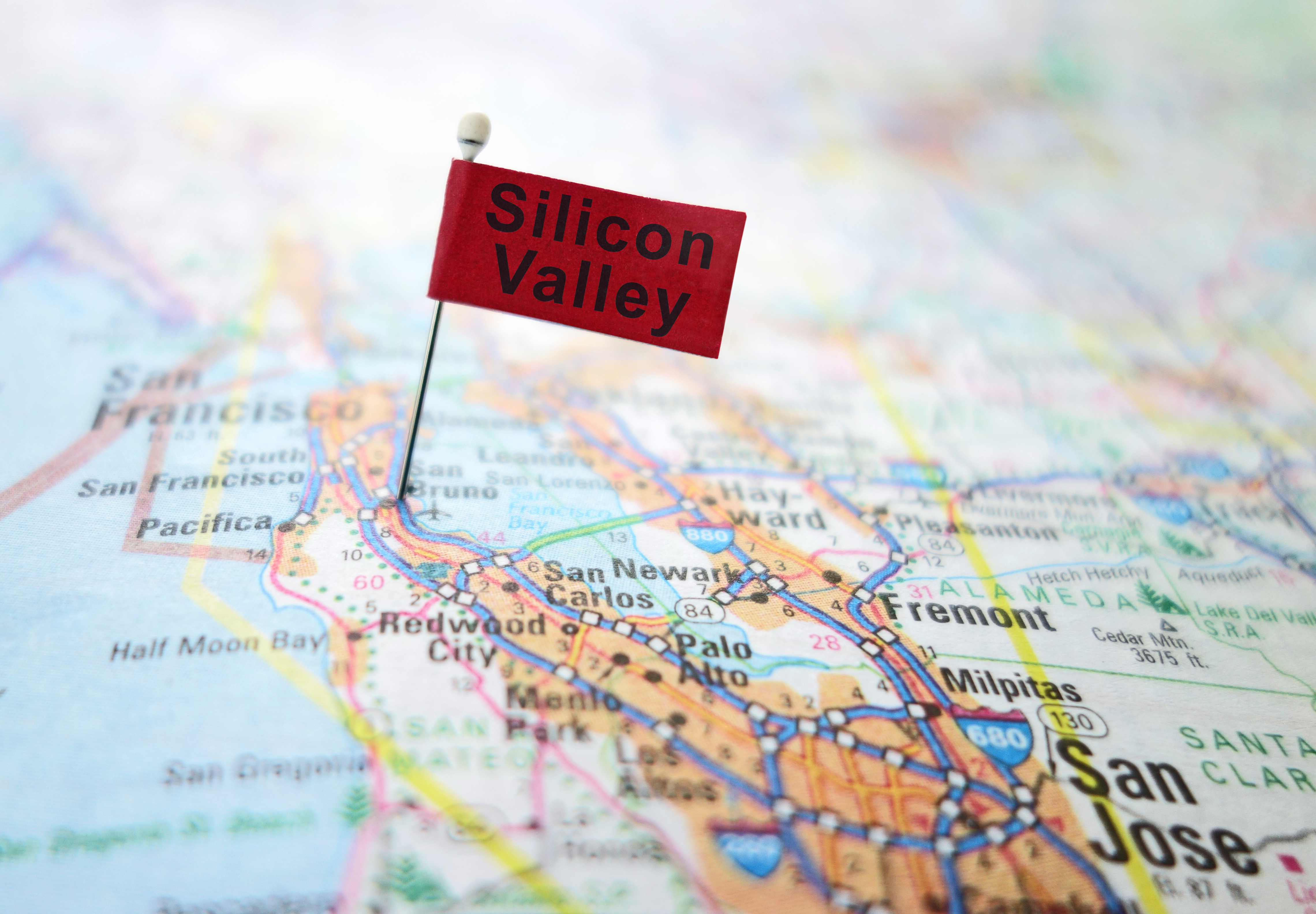
The “Woke AI” Crackdown
Perhaps the most controversial element of the AI Action Plan is its ideological stance. One order prohibits federal agencies from contracting with AI providers unless their models are objective and aligned with American values, a term left undefined.
The move aligns closely with complaints from right-wing commentators and some tech investors who claim mainstream AI platforms suppress conservative viewpoints. Trump’s AI czar, David Sacks, has been a vocal critic of “woke AI,” citing high-profile missteps like Google’s racially diverse image generation of historical figures.
Critics warn that this politicisation of AI development could backfire both domestically and on the world stage.
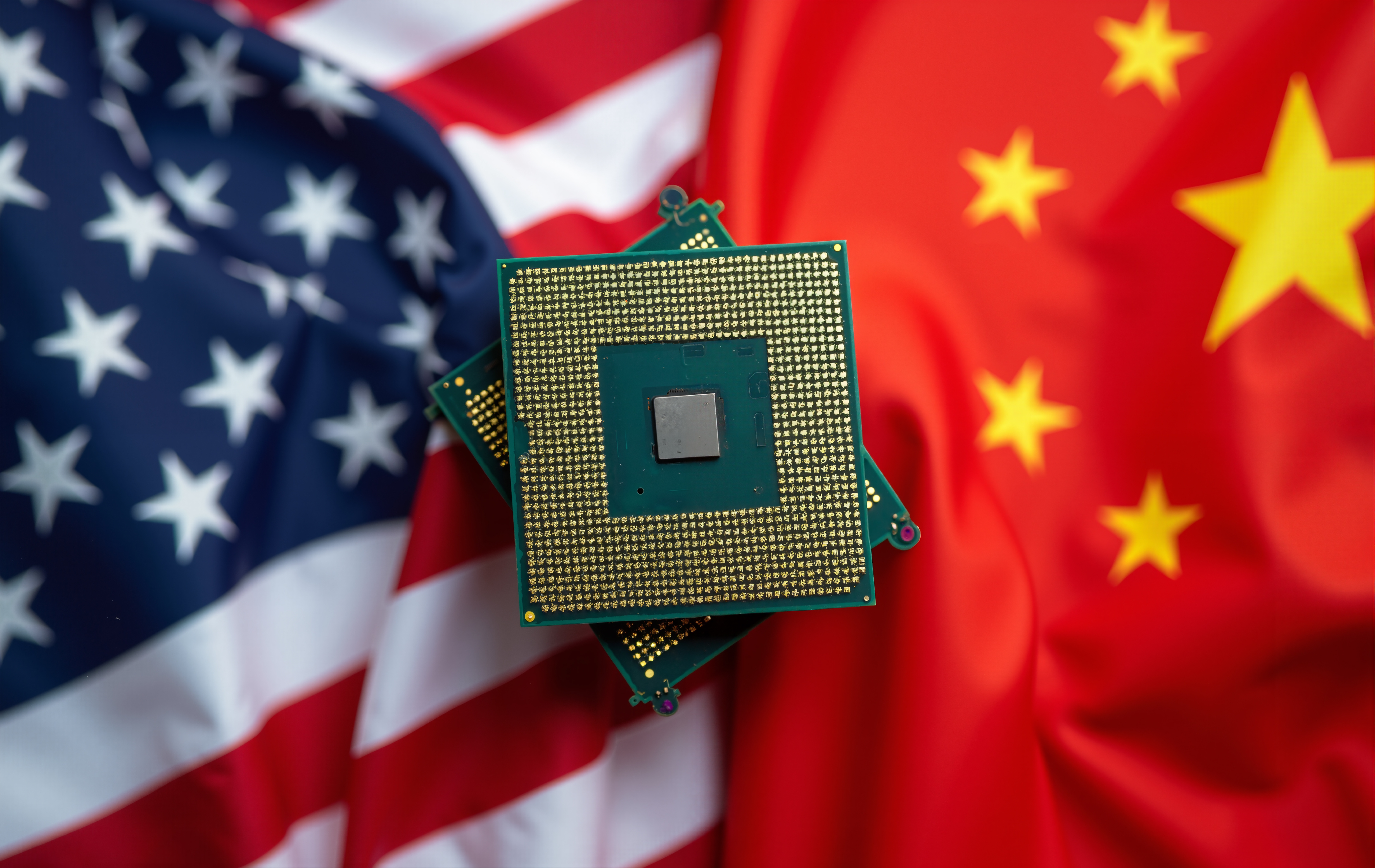
America’s AI Ambition vs. China’s Surge
Trump's agenda makes no effort to mask its political reality, U.S. policy is now explicitly positioned as a countermeasure to China’s technological rise. The administration has launched or backed groups like the AI Innovation Council to champion an "America First" approach in AI, aimed squarely at matching or outpacing Chinese progress.
China’s AI rise is real and accelerating. Models such as DeepSeek‑V3 and R1 are industry disruptors, matching U.S. performance at a fraction of the cost. The tech community warns these advances could undermine American leadership without swift policy countermeasures.
Why U.S. Leaders Are Worried
- National security and economic stakes: Analysts describe the AI competition as a new arms race, one that may dictate geopolitical power in the 21st century. There have been growing concerns about China's ability to weaponise AI, potentially outpacing the U.S. military and cybersecurity advantages.
- Shifting talent pipelines: While the U.S. still retains most of the top AI researchers, China now leads in AI publications and patents. Its domestic push, including chip production, open-source AI, and military-civil fusion, aims to tilt the scales further.
- Policy fragmentation risks: A bipartisan bill pending in Congress seeks to ban Chinese AI models from federal use—reflecting rare consensus on the scale of the perceived threat.
The Global AI Arms Race: What next?
Trump’s executive orders mark a significant departure from the previous administration’s approach, which emphasised AI principles, transparency, and privacy protection. On his first day back in office, Trump retracted Biden’s AI guardrails and instructed advisers to deliver a new plan within six months.
With that timeline now met, the focus will turn to implementation and opposition. For the enterprise world, the implications are still unfolding. The plan’s emphasis on deregulation and energy access may accelerate innovation, but it also raises hard questions about long-term risk, fairness, and the social contract tech is meant to serve. In the rush to dominate AI globally, the U.S. may now be testing the limits of how much its public is willing to give up in the name of speed and scale.








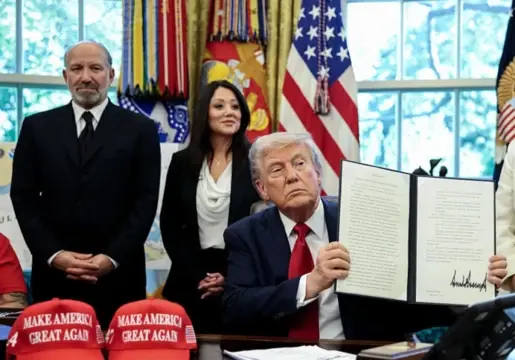

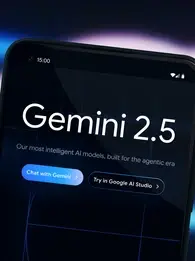


Comments ( 0 )